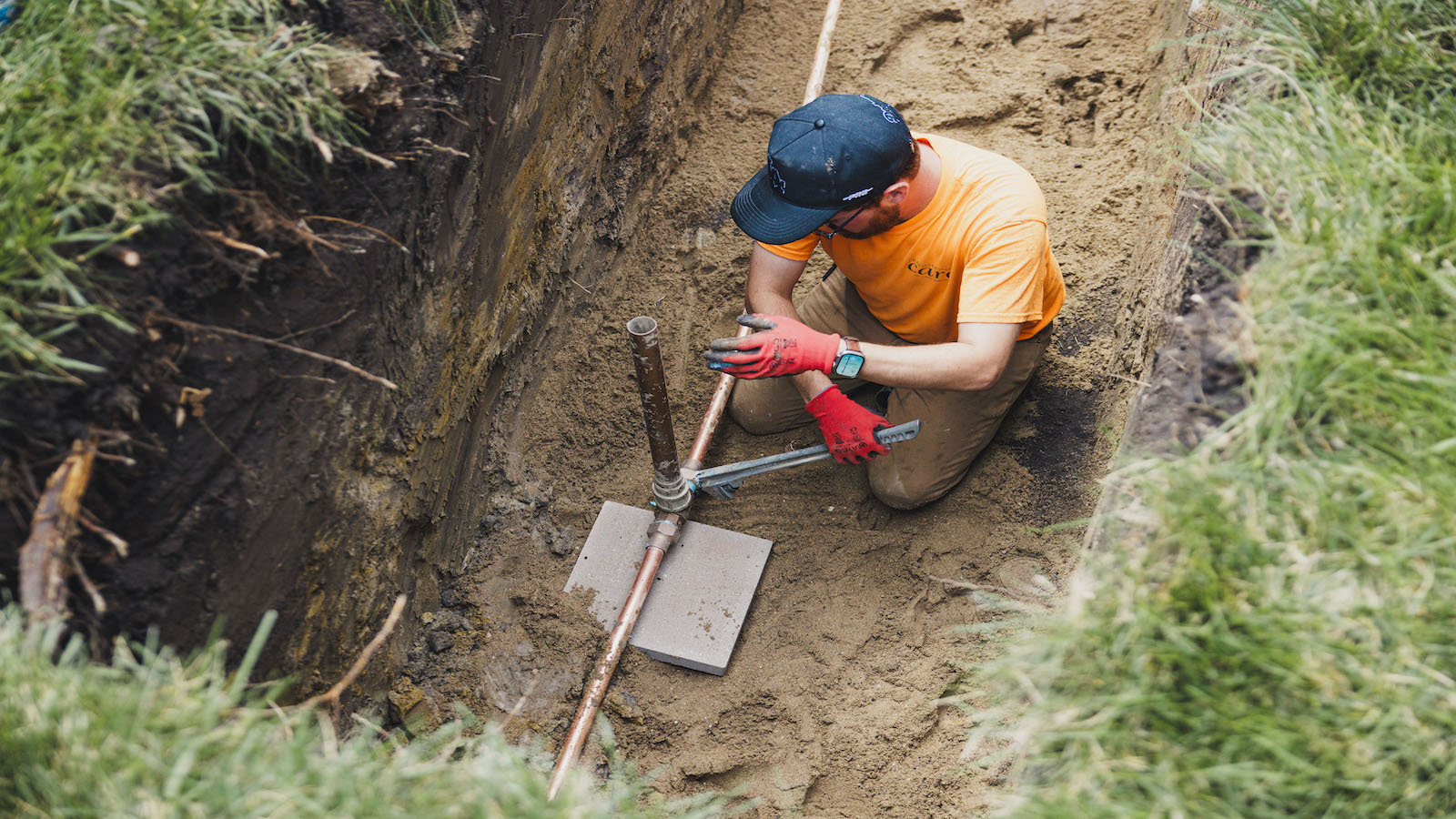Actuators, Vol. 14, Pages 426: Multibody Dynamics Simulation of Upper Extremity Rehabilitation Exoskeleton During Task-Oriented Exercises
Actuators doi: 10.3390/act14090426
Authors:
Piotr Falkowski
Krzysztof Zawalski
Population aging intensifies the demand for rehabilitation services, which are already suffering from staff shortages. In response to this challenge, the implementation of new technologies in physiotherapy is needed. For such a task, rehabilitation exoskeletons can be used. While designing such tools, their functionality and safety must be ensured. Therefore, simulations of their strength and kinematics must meet set criteria. This paper aims to present a methodology for simulating the dynamics of rehabilitation exoskeletons during activities of daily living and determining the reactions in the construction’s joints, as well as the required driving torques. The methodology is applied to the SmartEx-Home exoskeleton. Two versions of a multibody model were developed in the Matlab/Simulink environment—a rigid-only version and one with deformable components. The kinematic chain of construction was reflected with the driven rotational joints and modeled passive sliding open bearings. The simulation outputs include the driving torques and joint reaction forces and the torques for various input trajectories registered using IMU sensors on human participants. The results obtained in the investigation show that in general, to mobilize shoulder flexion/extension or abduction/adduction, around 30 Nm of torque is required in such a lightweight exoskeleton. For elbow flexion/extension, around 10 Nm of torque is needed. All of the reactions are presented in tables for all of the characteristic points on the passive and active joints, as well as the attachments of the extremities. This methodology provides realistic load estimations and can be universally used for similar structures. The presented numerical results can be used as the basis for a strength analysis and motor or force sensor selection. They will be directly implemented for the process of mass minimization of the SmartEx-Home exoskeleton based on computational optimization.
Source link
Piotr Falkowski www.mdpi.com


